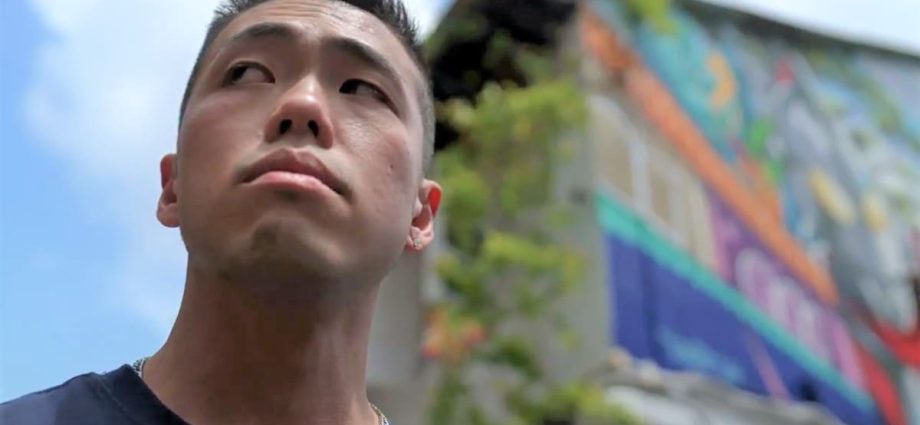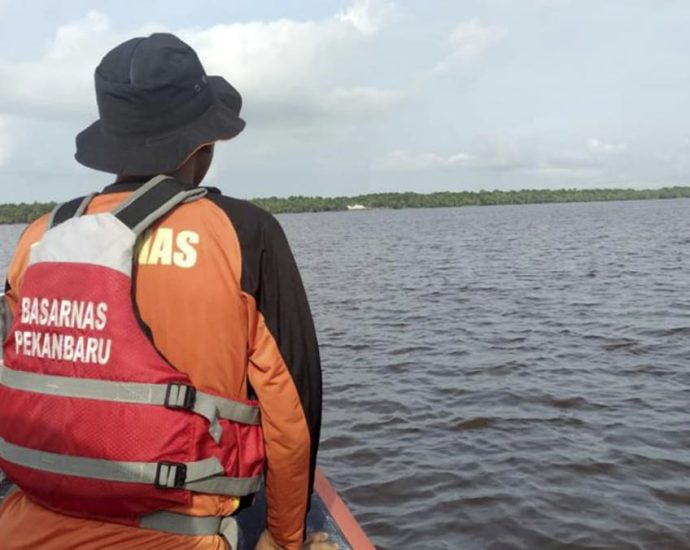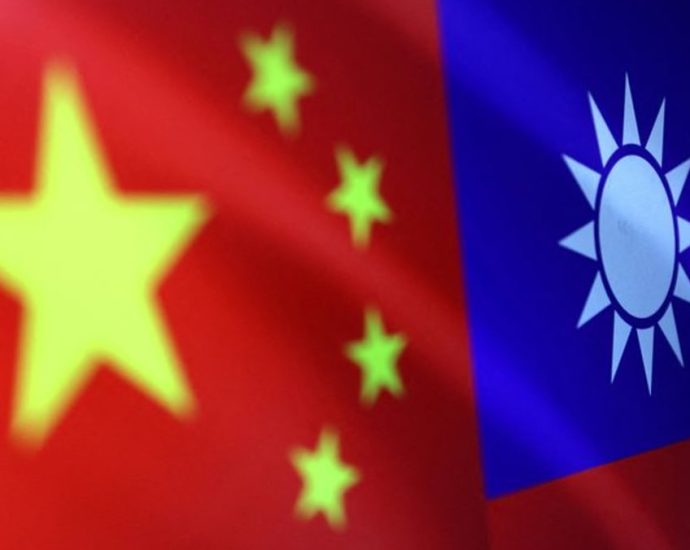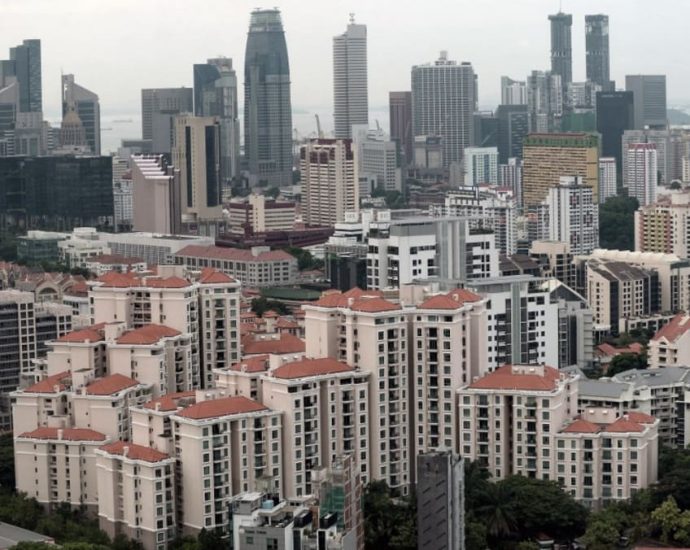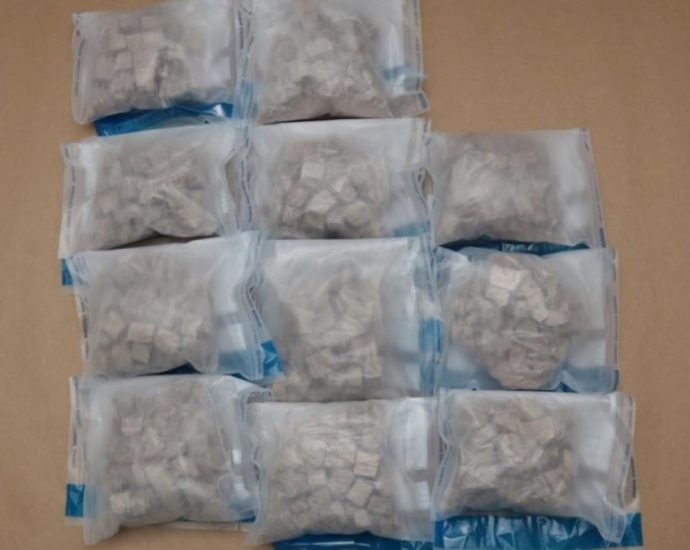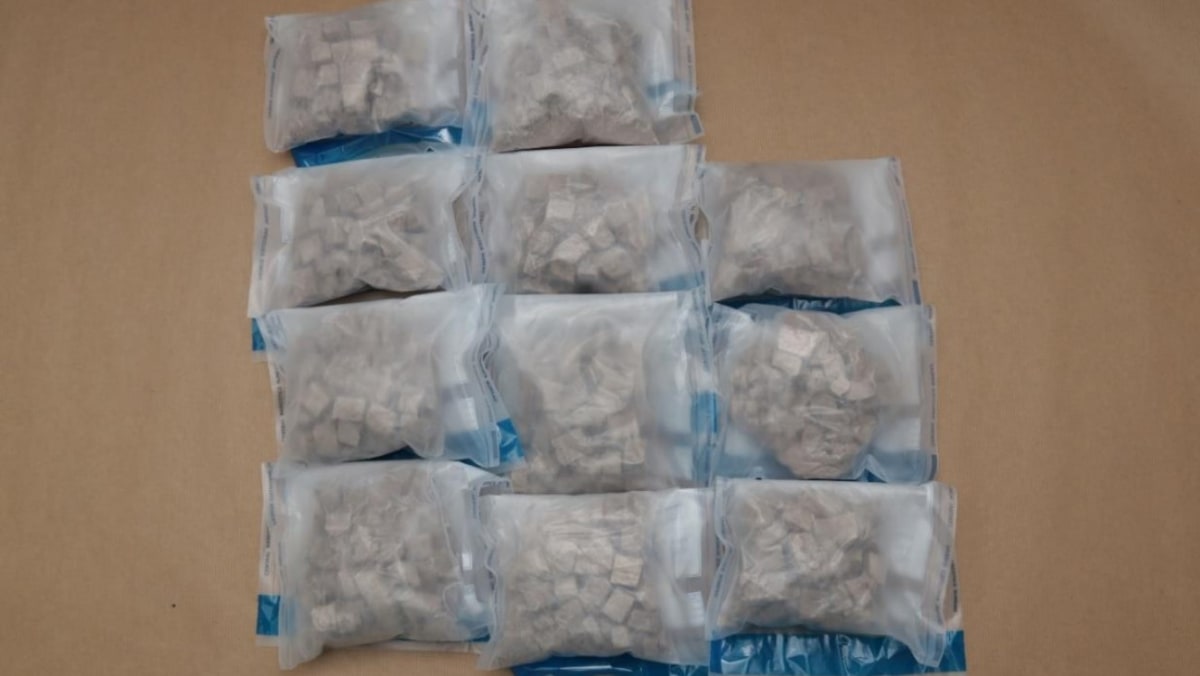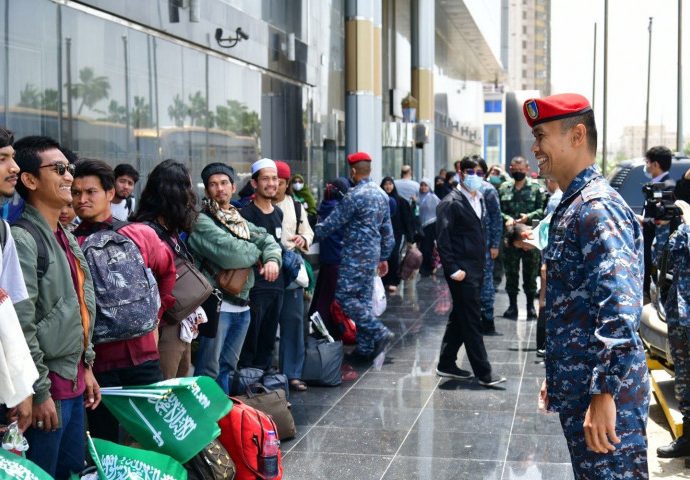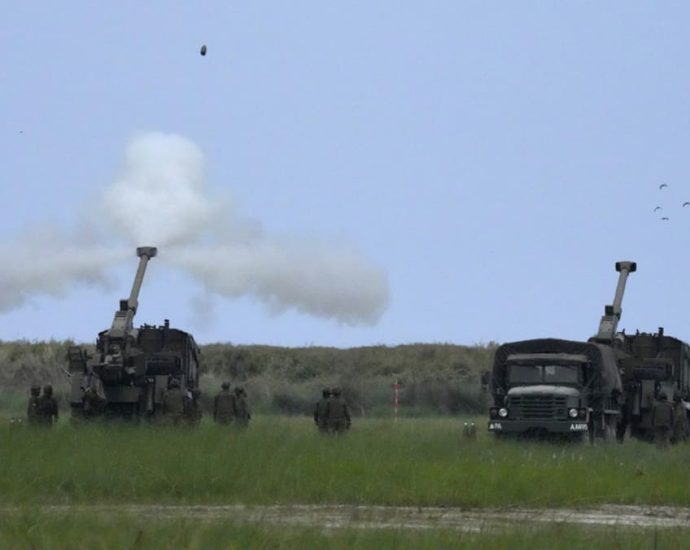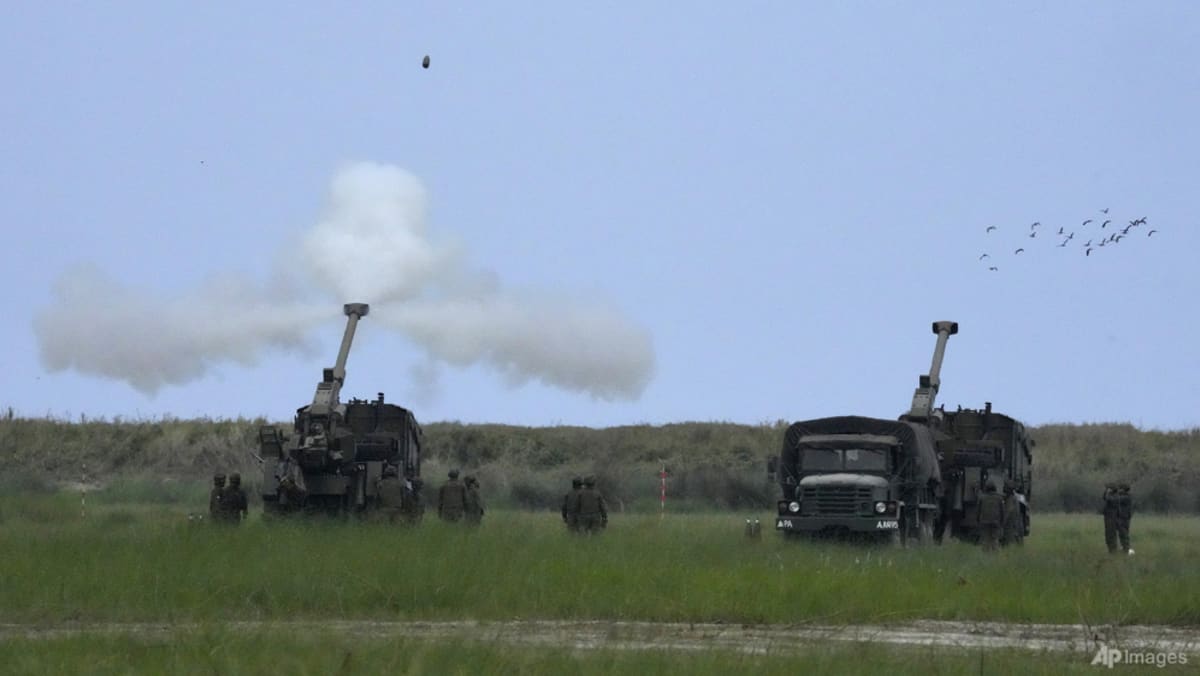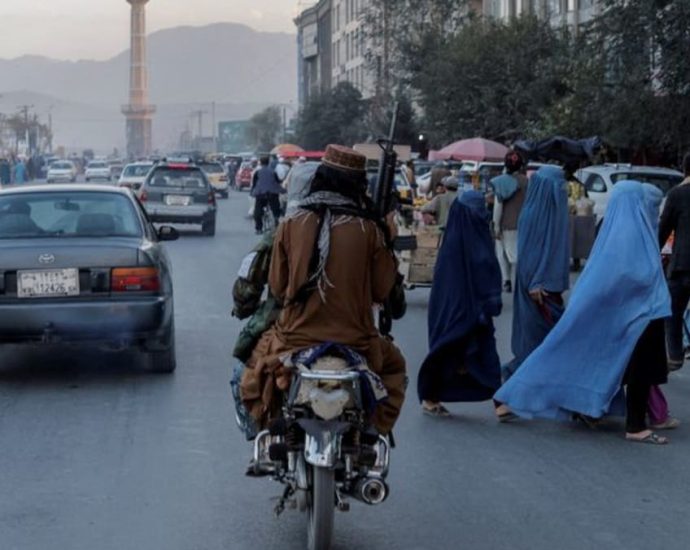After 377A, what will it take for LGBT persons to reconcile their sexuality with their family, faith?
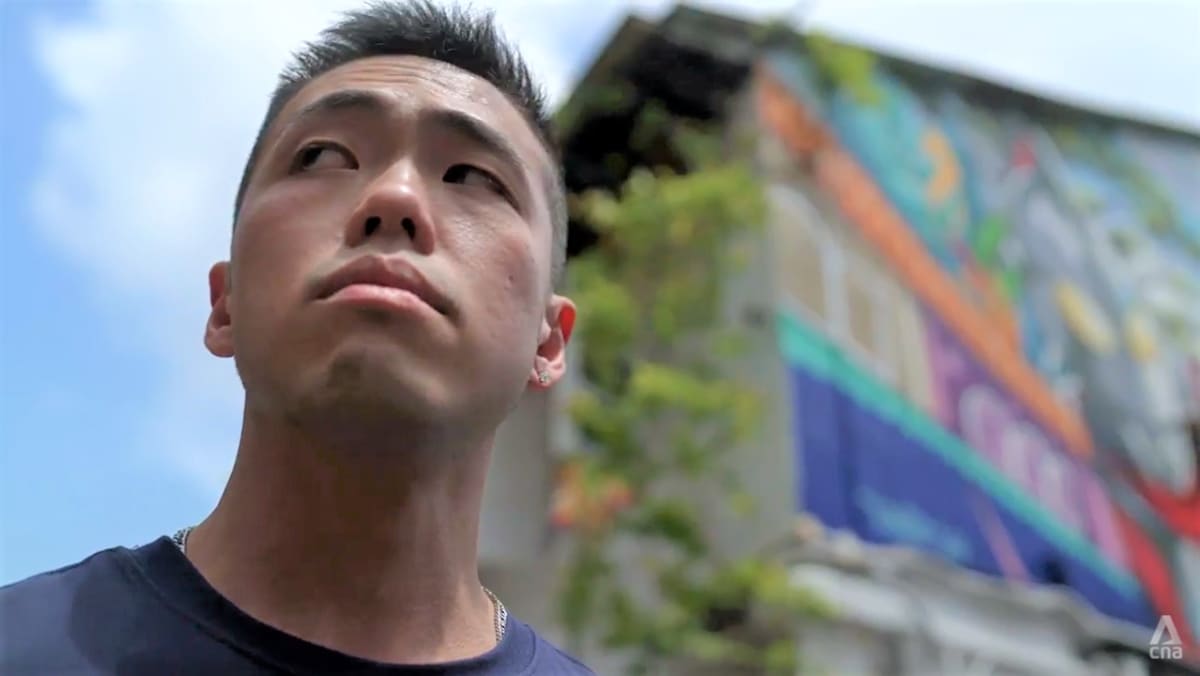
SINGAPORE: Since fitness and lifestyle content creator Cheryl Tay went public with her relationship with a woman two years ago, she has felt accepted on most fronts.
The 36-year-old, who has 50,000 followers on Instagram, works with international brands, and no one has told her things like, “I don’t want to work with you” or “I want to drop you”, she said.
Rather the opposite in fact. “I’ve had so many strangers sending me direct messages … about what an inspiration we are,” she shared. “I’m like, ‘Me?’”
But that is only one part of her life.
Crucially, when it comes to her family, “they can’t get their head … around this concept” that she “genuinely developed feelings for someone (who) happens to be a woman,” she said. “They didn’t speak to me for months.
“I’m very sad about it because I’m very close to my family … I wish I had the same kind of support and love from my family that I have from the public.”
As seen in the documentary Regardless of Sexuality, which premiered on Wednesday, some lesbian, gay, bisexual and transgender (LGBT) individuals and their parents have struggled to make peace even after years.
It has also been a struggle for some to be religious and LGBT. And these struggles are not any easier even now when Section 377A, which criminalised gay sex, has been repealed.
WATCH: Can Singapore reconcile sexuality, family and faith? (47:37)

